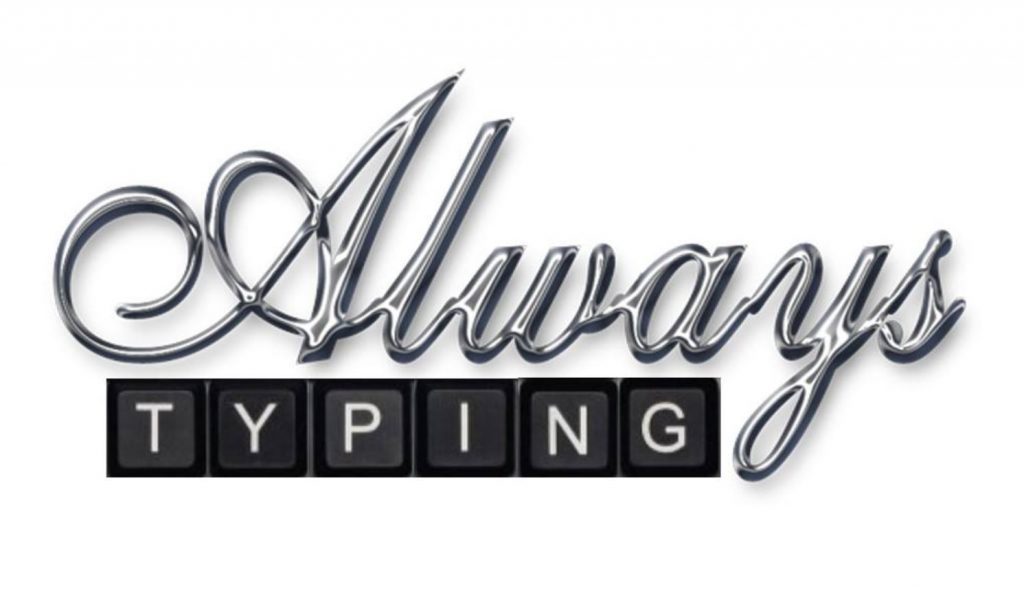Perhaps the biggest mistake job seekers make is to use the same resume for multiple job applications. Sending the same resume over and over again is what causes companies to ghost job seekers, leaving you with almost no chance of landing an interview.
To stand a better chance, you need to know how to tailor your resume to different job descriptions. Start with a base resume and then customize it to match a particular job description before sending it.
Table of Contents
ToggleWhy must you tailor your resume?
Tailoring your resume demonstrates how your skills and experience match the job. It is what recruiters look for and shows that you’re the best candidate for a particular position. In addition to crafting a resume that shows impressive you are as a person, hiring managers want your resume to show that you are a good fit for their specific job opening. So how do you do it?
Use keywords to tailor your resume
Learning to tailor your resume with the relevant keywords gives you a better chance of getting a callback. With every job, you will find specific duties listed in the job description. You have to showcase how you can carry out these duties. For instance, if you’re applying to a position for Software Developer, a company will likely require you to be proficient in Java.
A critical thing to note is that leveraging keywords will help you convince the Applicant Tracking System (ATS). Ideally, you use the job advertisement and customize the following sections:
Resume title
Your resume title is also known as the resume headline, and it is a preview of your resume in a few words. For every resume you send out, ensure that the title is specific to that position. It is a great way to modify your resume to target the job. If you apply for the Software Developer position, ensure that the two words appear in your resume title.
Summary profile
The position summary is the overview of the duties the job will entail. You can use it to get some keywords to include in your profile paragraph. It goes hand in hand with the responsibilities section, which gives the duties in more detail.
The best thing is to ensure that your resume indicates that you can perform these tasks as required. The tasks will revolve around your soft skills and hard skills. Soft skills are a representation of your personality and include work ethic, adaptability, and confidence. Hard skills are those that you acquire through education and experience. For a Software Developer position, for example, they can include Java, C++, and web design.
Remember that you are not just listing the skills. You must provide details and the achievements around the skills.
Core competencies
This is the list of skills just below your profile section. While the skills you possess are important, it’s MORE important to target your resume to the job description. As you compare your current skills list with that of the job posting make note of keywords that you’re not using and include them here.
Use your employment history to tailor your resume
It might be tempting to leave your employment history intact, but editing it can give you a better chance at getting callbacks. Make sure to align your achievements with the job in question.
Bottom-line
The ATS will scan your resume for things like years of experience, education, and relevant keywords. Pay close attention to the requirements and customize your base resume with relevant keywords to avoid being rejected by the scanners.
Always Typing has built a reputation for crafting resumes that get past the ATS and impress hiring managers.
Upload your resume below to find out if it will win the interview.








